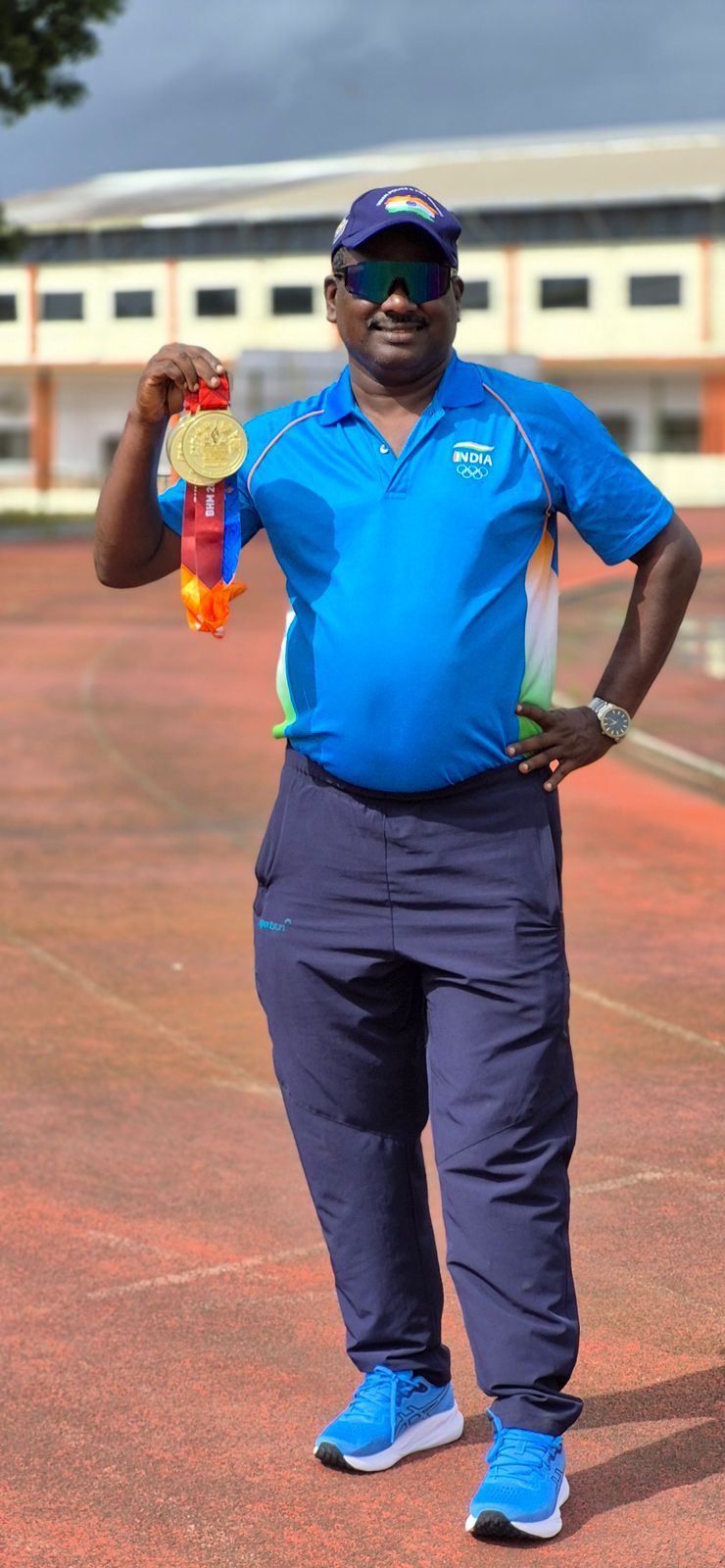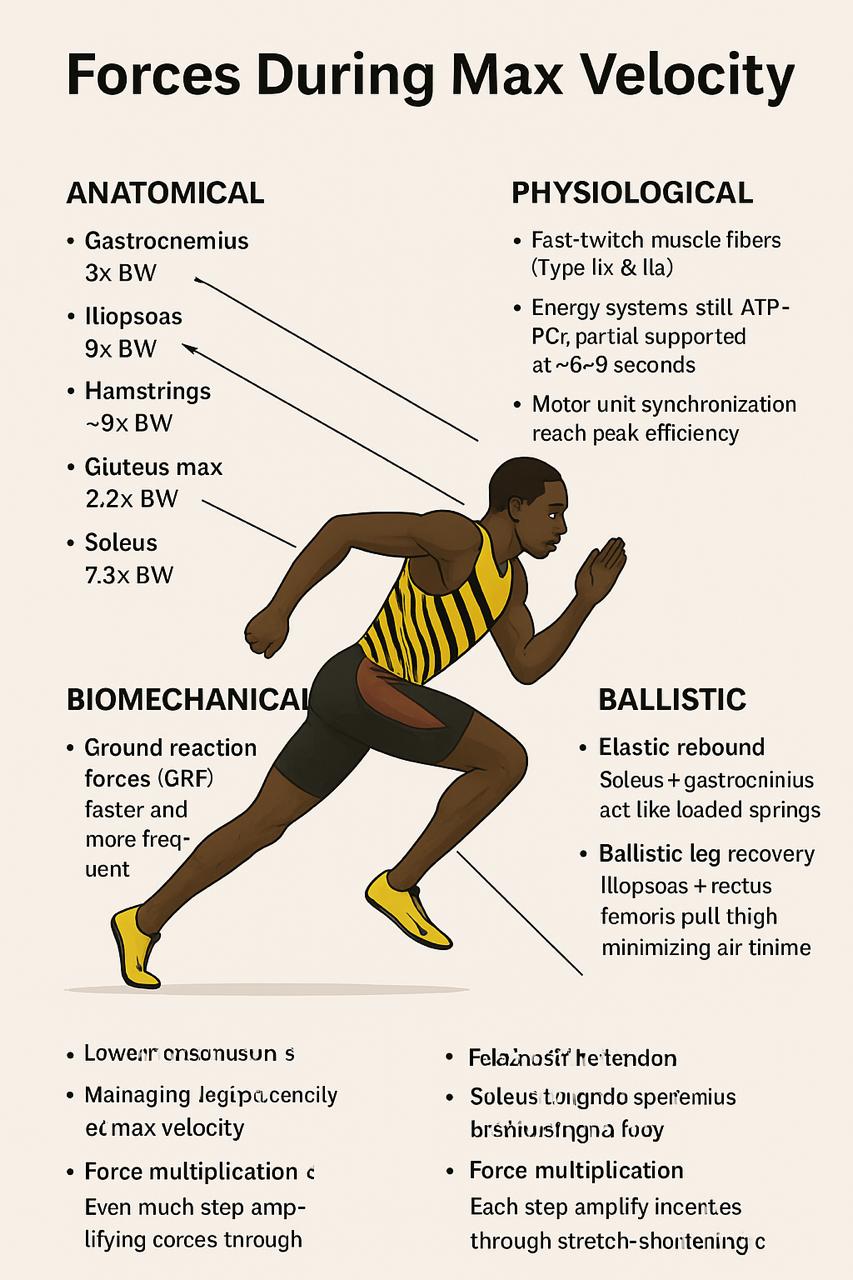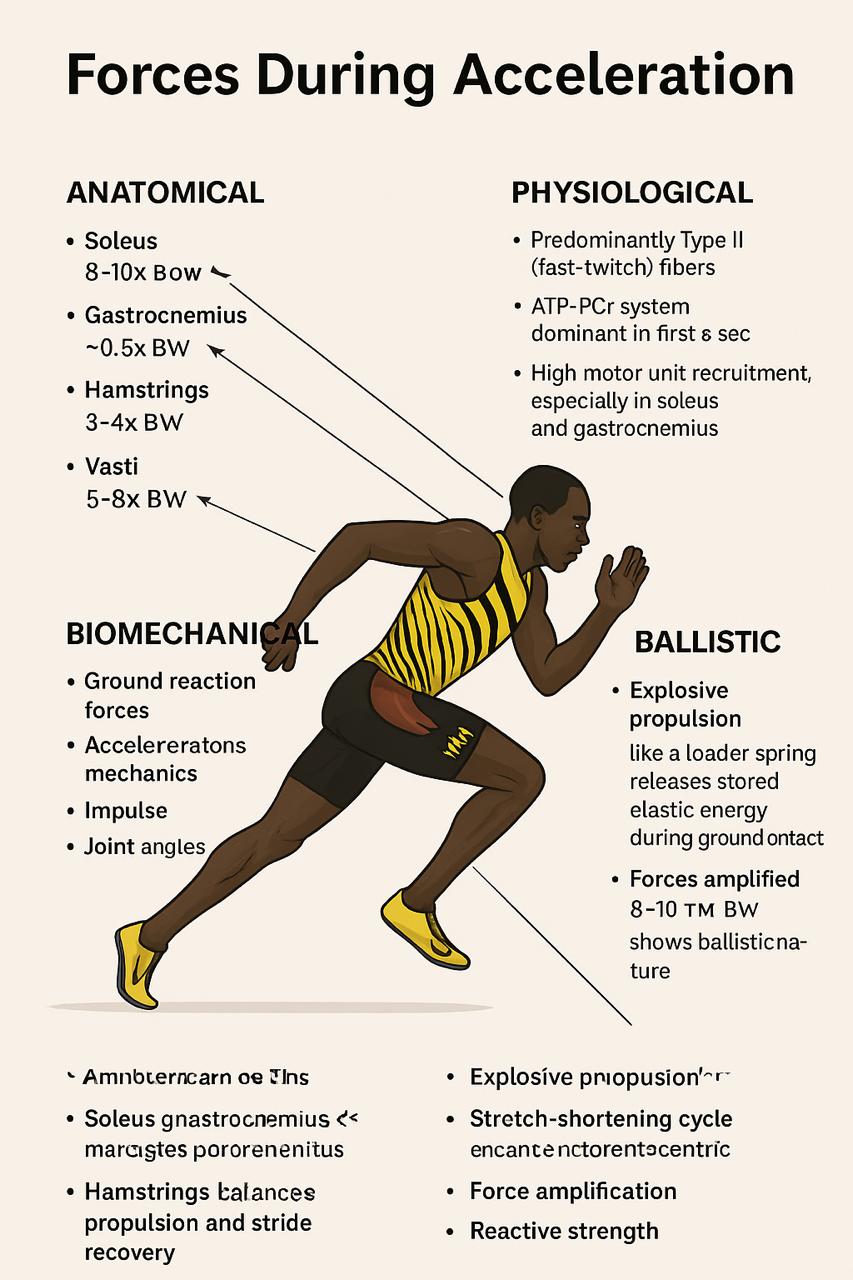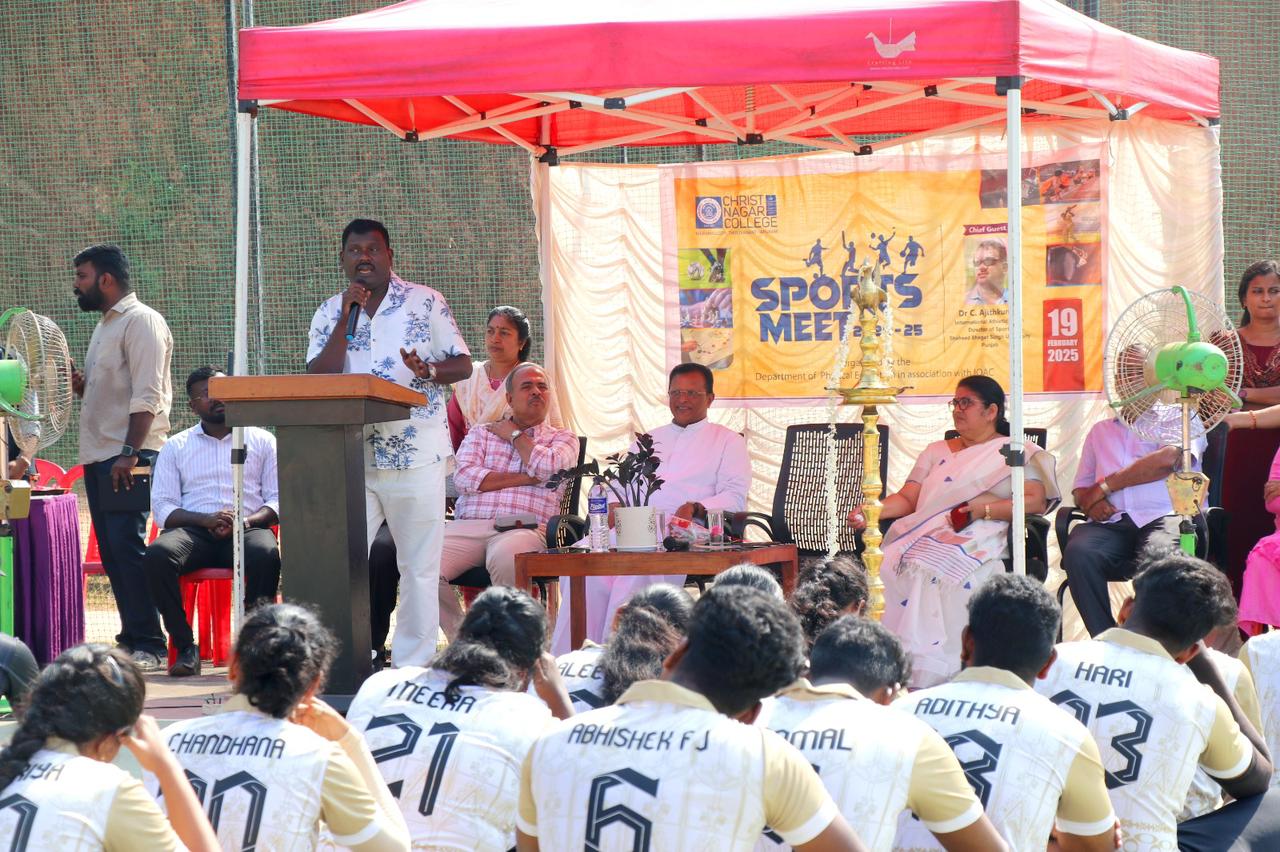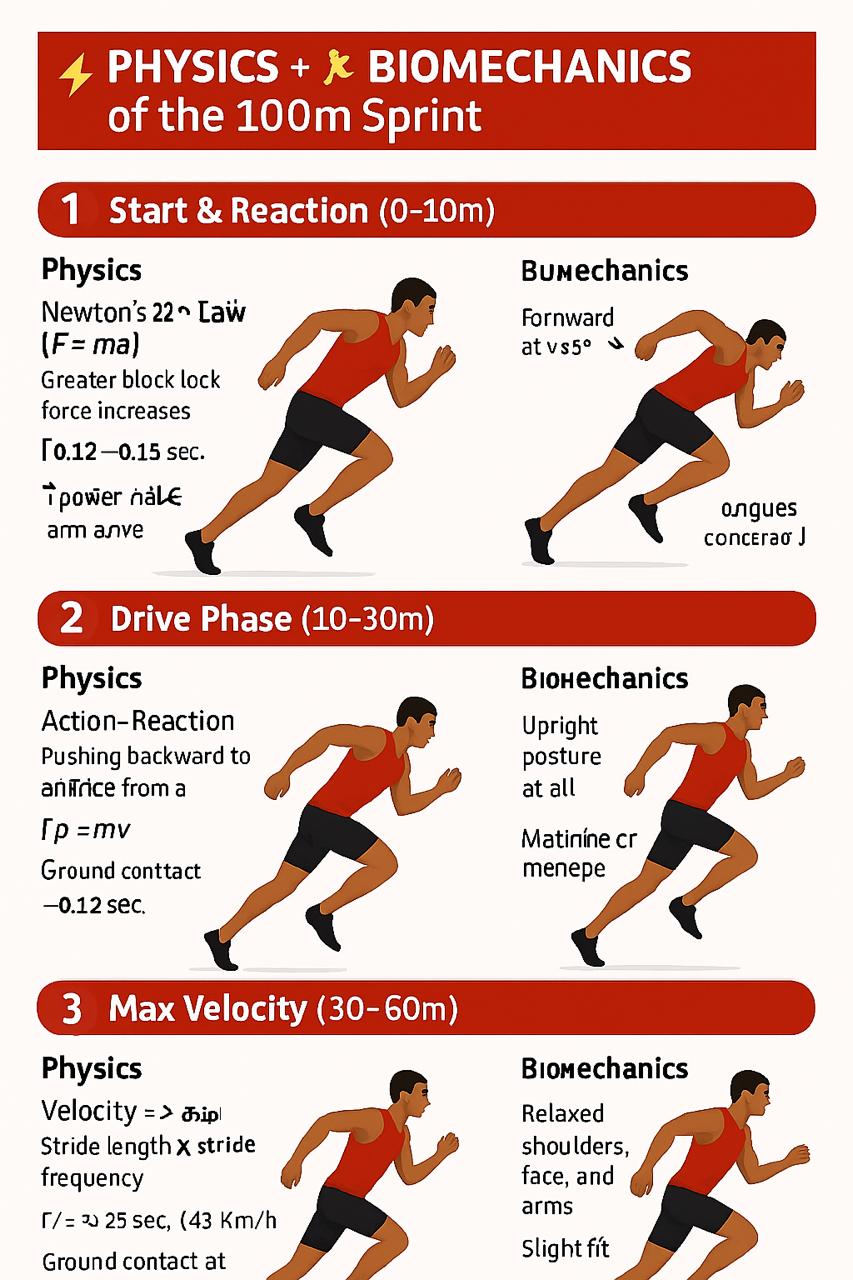Fueling Excellence: The Role of Training Load, Recovery, and Adaptation in Athlete Development
Peak performance in sport doesn't come from training harder alone--it's about training smarter. Understanding the interplay between training load, recovery, and physiological adaptation is essential for athlete progression. This triad determines how well an athlete responds to training and how sustainably they can improve over time.
Training Load
- Volume: Refers to the total amount of work performed, including time, distance, and repetitions.
- Intensity: The level of effort or difficulty involved in training sessions, from moderate to maximal.
- Frequency: How often training sessions occur over a given period, influencing cumulative stress.
- Progressive Overload: Gradually increasing load to stimulate growth and performance adaptation without causing injury.
Recovery
- Sleep: The most powerful recovery tool--supports tissue repair, memory consolidation, and hormonal balance.
- Active Recovery: Low-intensity movement aids circulation, reduces soreness, and maintains mobility.
- Nutrition: Post-training fueling replenishes glycogen stores and promotes muscle regeneration.
- Mental Recovery: Psychological downtime and stress relief are critical to full recovery and motivation.
Physiological Adaptation
- Supercompensation: The body's natural response to training stress--recovering stronger than before.
- Muscle Hypertrophy: Increased muscle fiber size contributes to greater strength and power output.
- Neural Adaptation: Improved neuromuscular coordination enhances reaction time and movement efficiency.
- Aerobic and Anaerobic Efficiency: Improved capacity to produce energy in both low and high intensity zones.
Why It Matters
- Injury Risk Reduction: Balanced training and sufficient recovery help prevent overuse and burnout.
- Long-Term Development: Structured progression avoids plateaus and promotes sustainable performance.
- Performance Peaks: Strategic planning ensures athletes peak at the right time for competition.
- Data-Driven Coaching: Monitoring load and recovery guides personalized programming decisions.
Key Takeaways
- Balance is Critical: Excessive load without recovery hinders progress and invites injury.
- Recovery is Part of Training: Quality recovery allows for better adaptation and training gains.
- Monitoring Tools: Tools like RPE (Rate of Perceived Exertion), heart rate variability, and sleep tracking improve load management.
- Individual Response: Athletes adapt at different rates--coaching should be flexible and data-informed.
Incorporating a strategic balance between training stress and recovery enables the body to adapt and grow. By respecting this dynamic process, athletes and coaches can drive consistent, long-term performance improvement.

